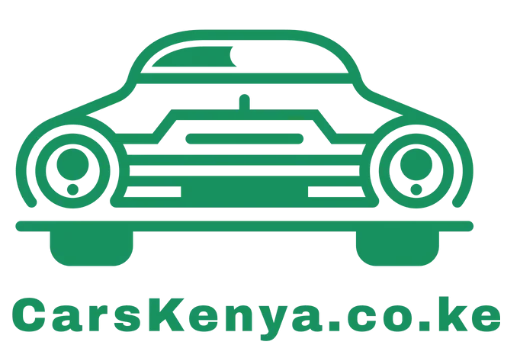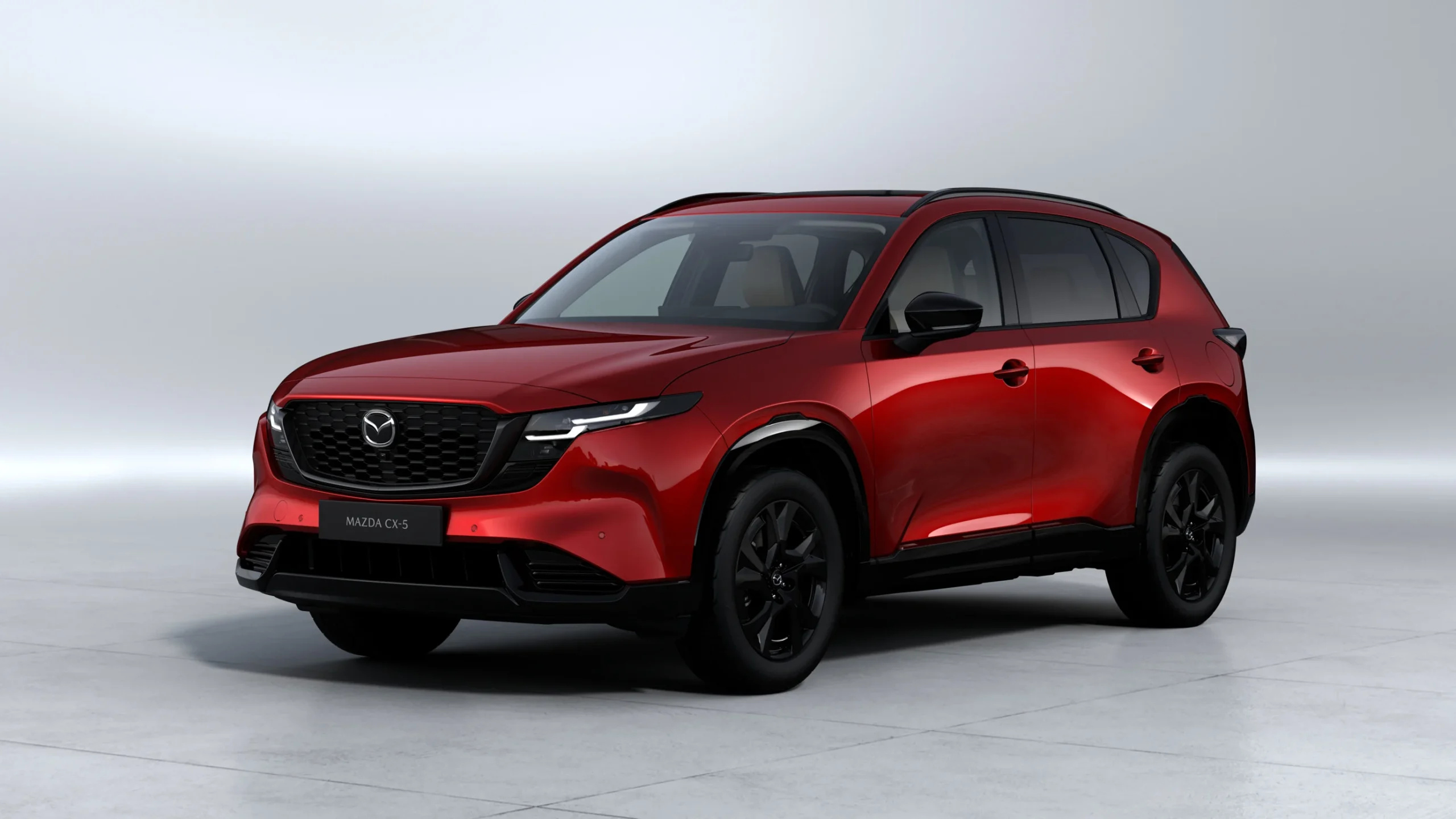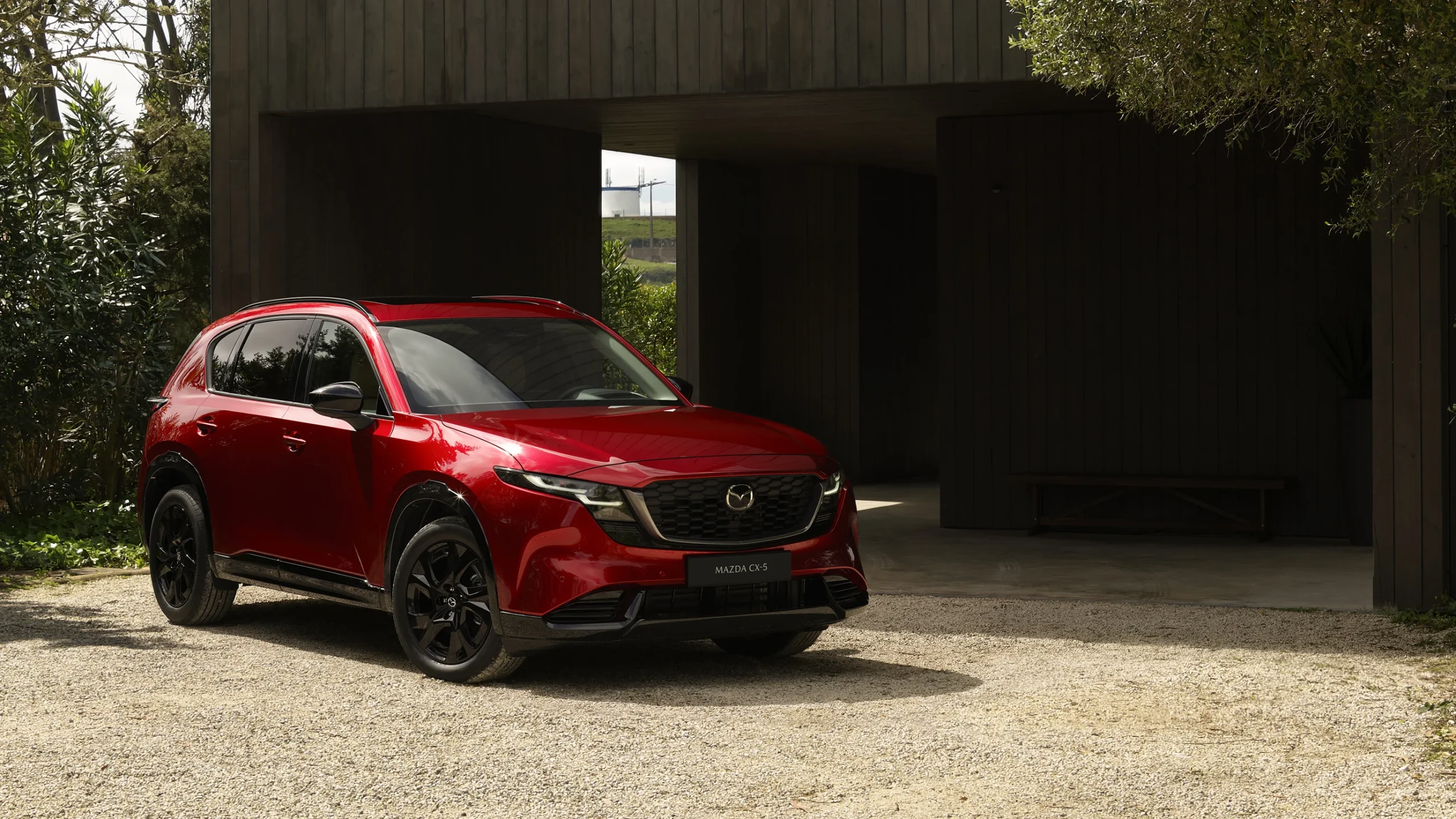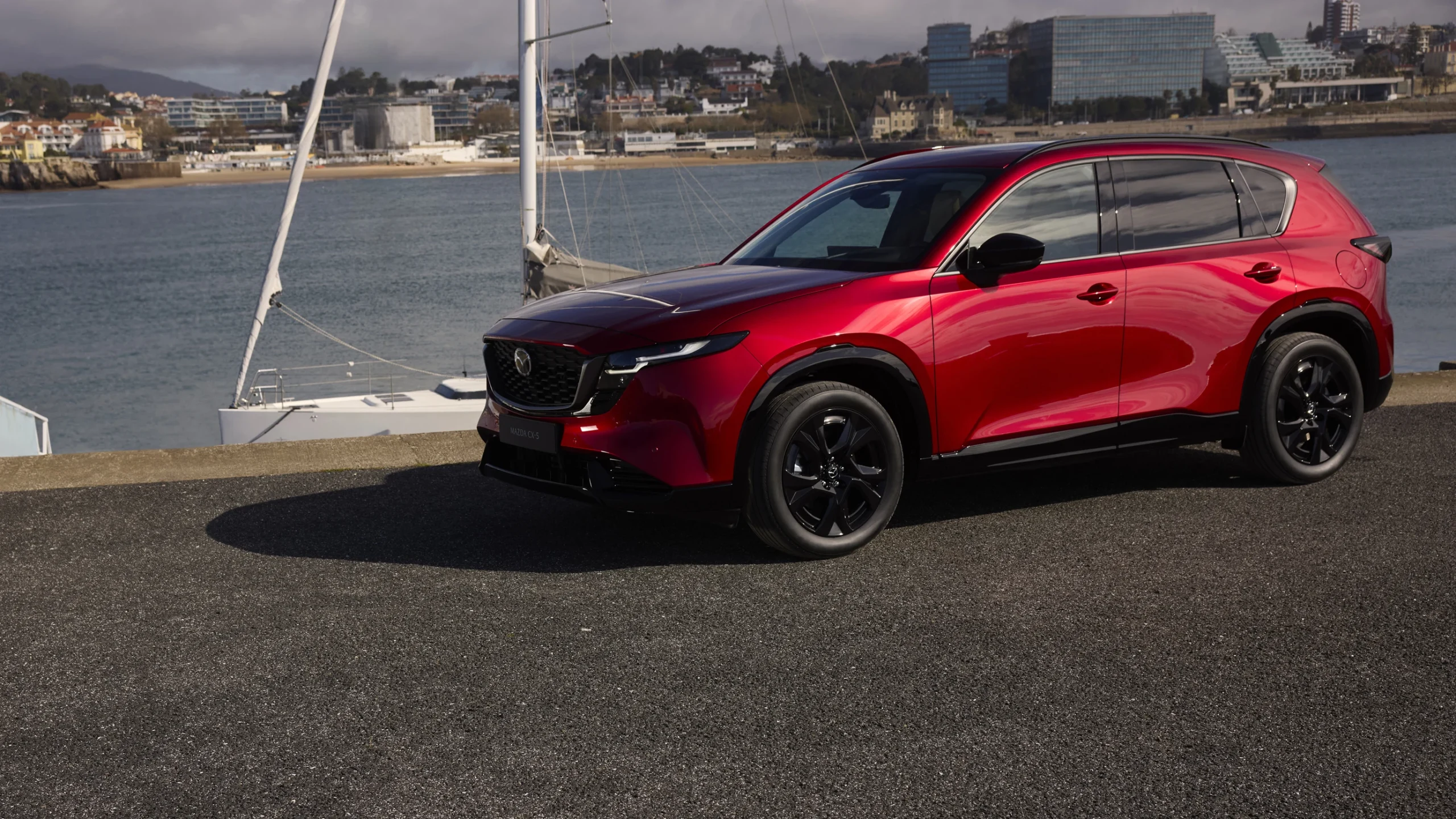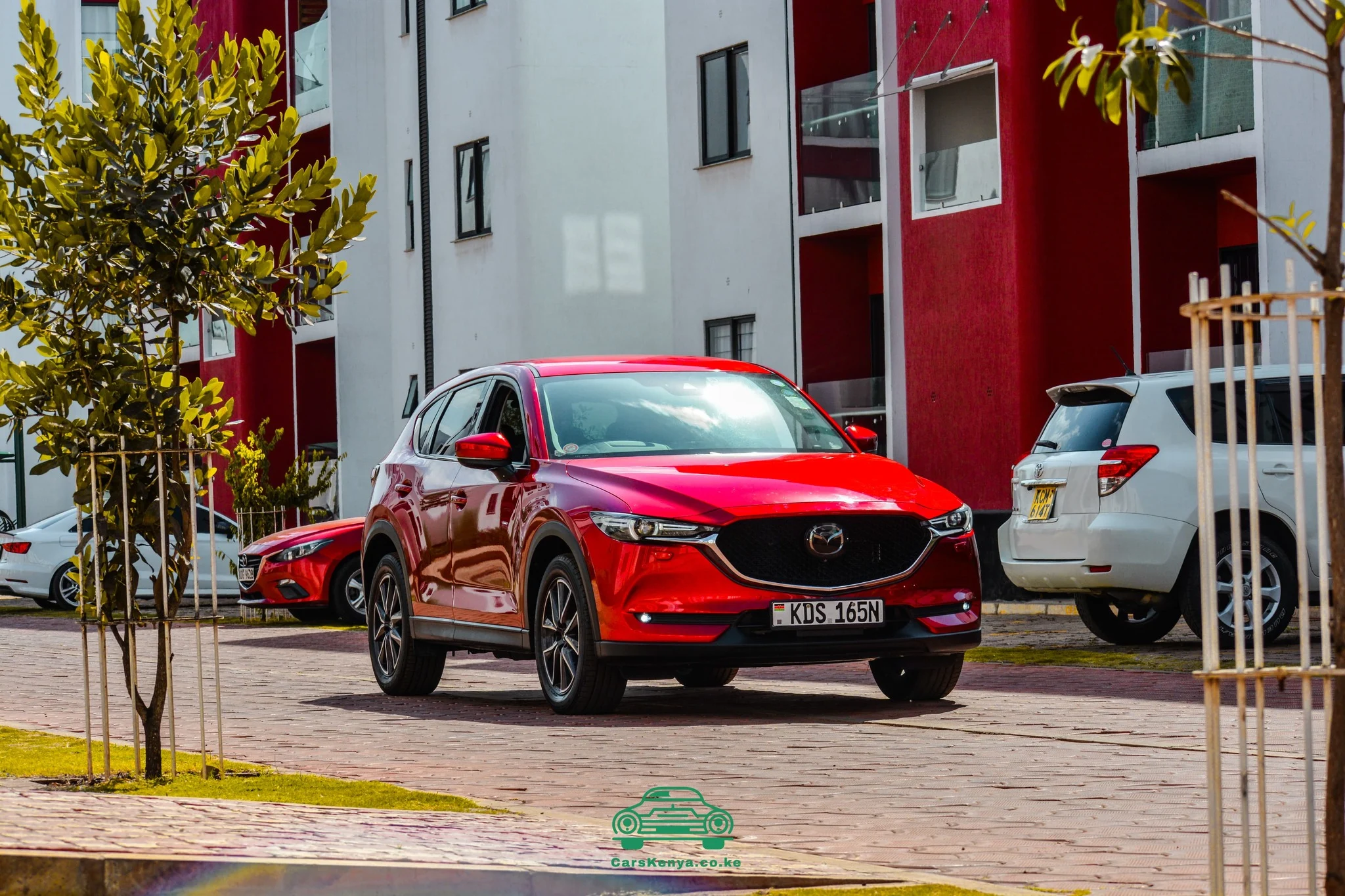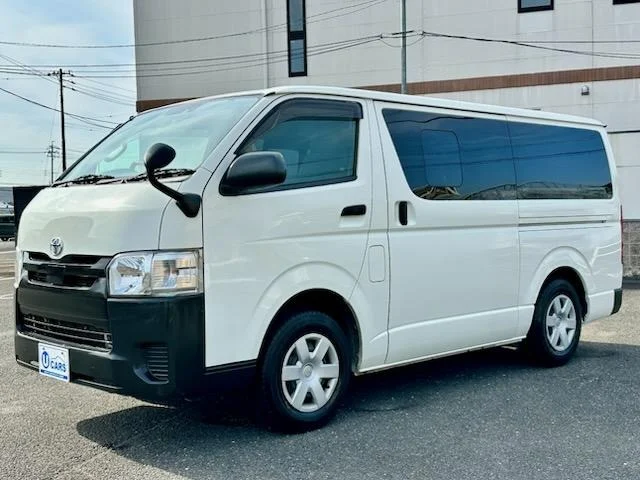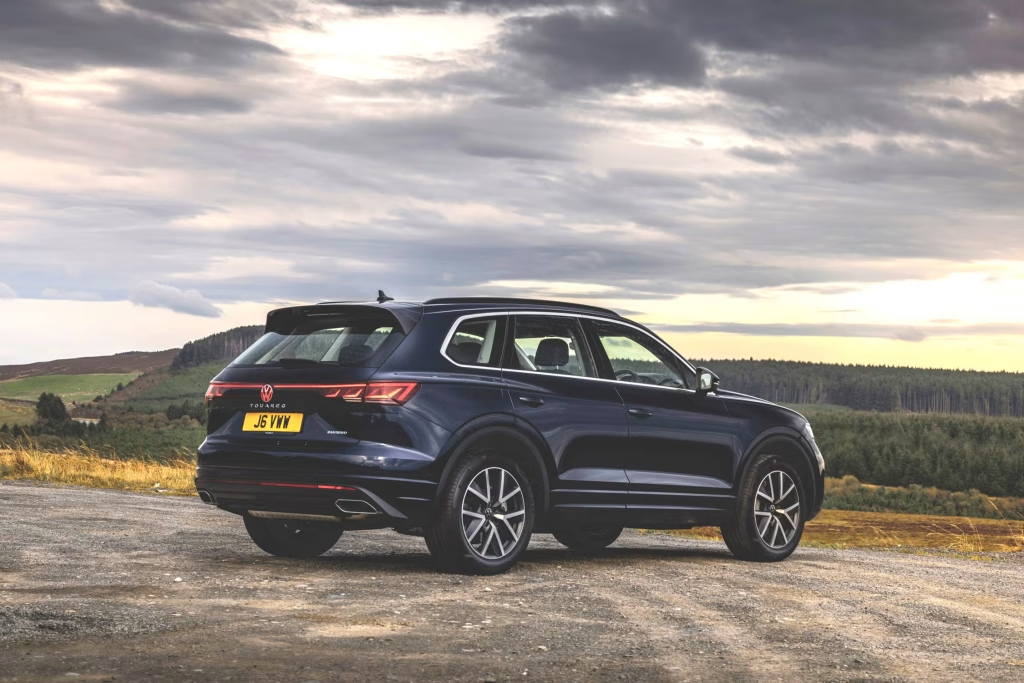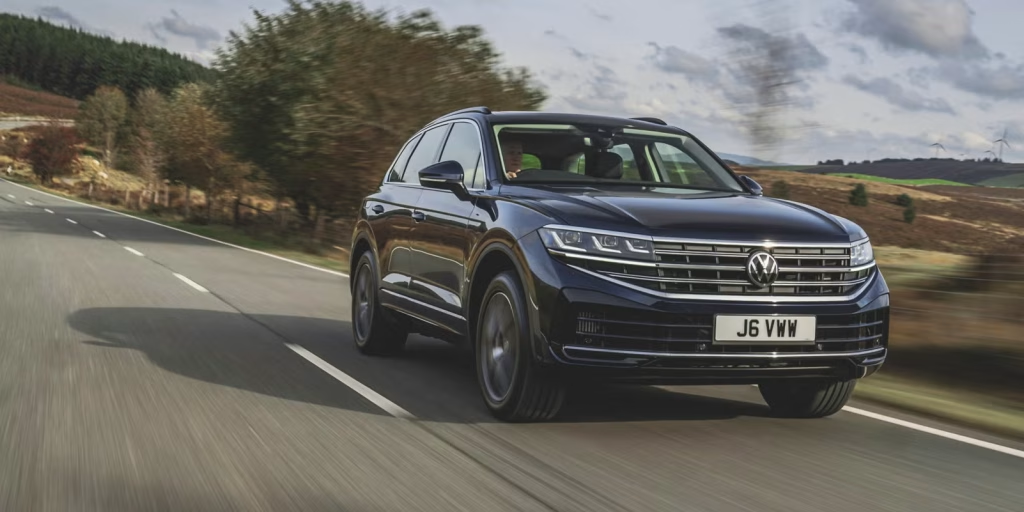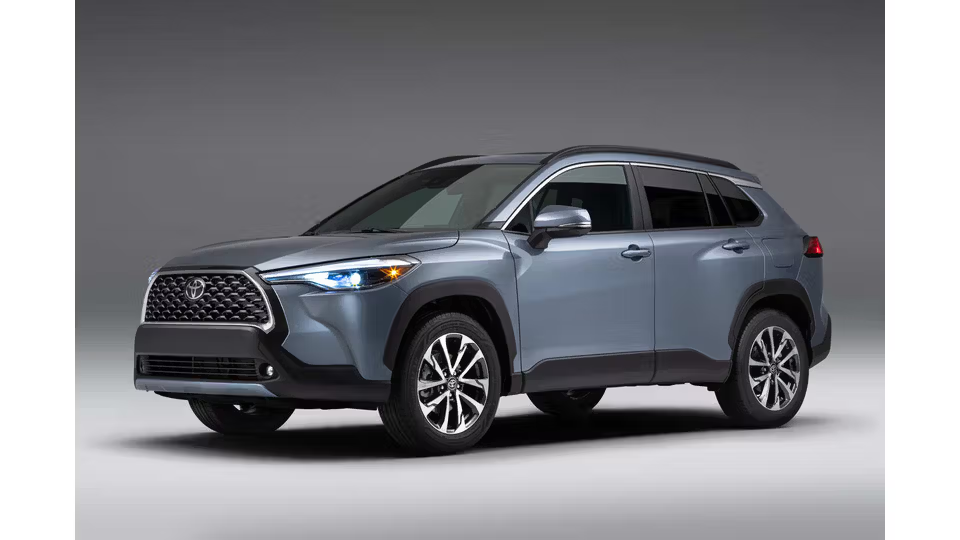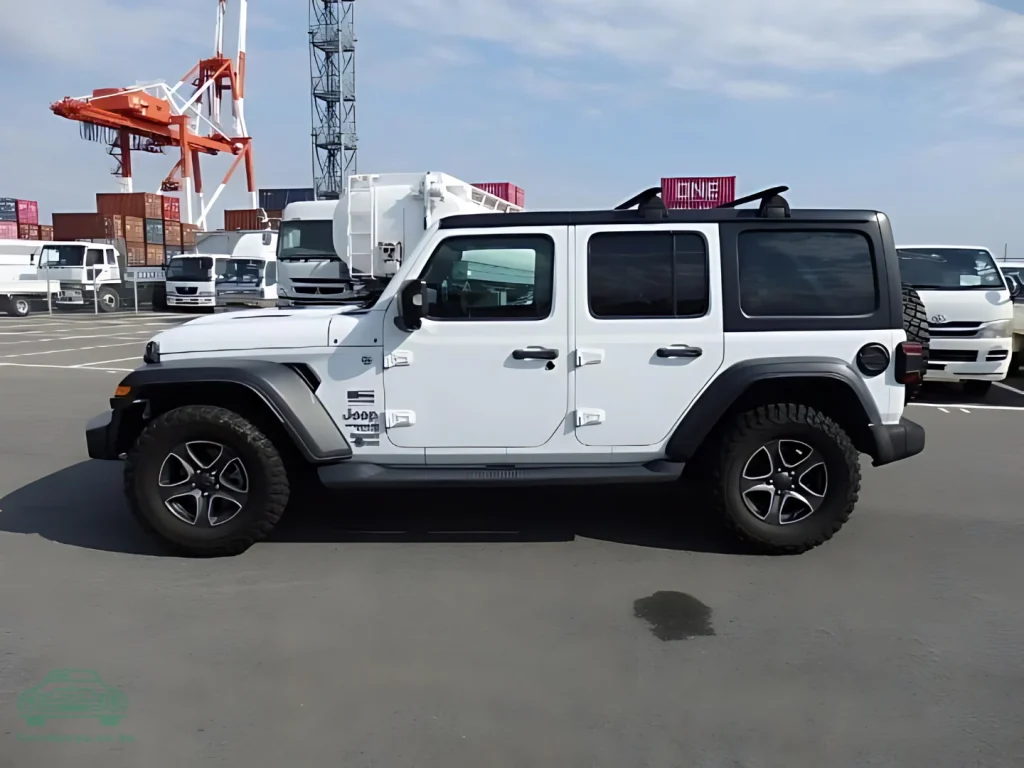Introduction to Mazda CX-5 Ownership
Purchase Price and Initial Costs
The very first financial hurdle in your journey with a Mazda CX 5 is, of course, the purchase price.
In Kenya, the majority of these vehicles are imported as pre-owned units, typically from Japan or the UK, with model years from 2015 to 2018 being the most popular choices.
The price can vary significantly based on the year of manufacture, mileage, auction grade, and specific trim level.
A lower mileage, higher-grade vehicle will naturally command a premium.
Beyond the car’s price at the source, you must factor in the substantial costs of importation, which include shipping, insurance, and, most importantly, the import duty, excise duty, VAT, and other levies calculated by the KRA.
These taxes can often add up to a significant percentage of the car’s customs value.
For a prospective buyer, this means the initial cash outlay is much more than the figure you see on a foreign listing.
It’s a complex calculation, but getting it right is crucial for budgeting.
A slight miscalculation in these initial costs can throw your entire ownership budget off balance from the get-go.
Fuel Efficiency and Fuel Costs
One of the most celebrated features of the modern Mazda CX 5 is its SKYACTIV technology, an engineering philosophy that optimizes the engine and transmission for outstanding fuel efficiency without sacrificing driving pleasure.
This is a critical factor for Kenyan motorists who are constantly grappling with fluctuating and often high fuel prices.
The most common engine choices available are the 2.0-litre and 2.5-litre petrol engines, as well as the 2.2-litre diesel.
For the 2.0-litre petrol engine, you can realistically expect a fuel consumption of around 10-12 km/l in heavy urban traffic like Nairobi’s and a more impressive 14-16 km/l on highway drives.
The 2.2-litre SKYACTIV-D (diesel) engine offers even better economy, often returning 14-16 km/l in the city and pushing towards 20 km/l on the open road.
To put this into perspective, if you drive an average of 40 kilometres daily in the city with the 2.0L petrol version, you’d be looking at a monthly fuel bill that can be a significant part of your running costs, making the engine choice a vital consideration for your wallet.
Maintenance and Repair Costs
Maintaining your Mazda CX 5 in prime condition is not just about reliability; it’s about protecting your investment.
Thankfully, Mazda has a strong reputation for building dependable vehicles, and the CX-5 is no exception.
Routine maintenance is key.
A standard minor service, which includes an oil change, and inspection of fluids, brakes, and tires, is recommended every 5,000 to 7,000 kilometres.
This is a relatively affordable procedure.
Major services, due at intervals like 40,000 or 80,000 kilometres, will be more comprehensive and costlier, potentially including spark plug replacement, transmission fluid change, and more thorough inspections.
When it comes to spare parts, the availability for the CX-5 in Kenya has improved dramatically.
Common service parts like oil filters, air filters, brake pads, and suspension components are readily available in major towns from reputable dealers.
While some specialized electronic modules or body panels might require ordering, the general consensus is that maintaining a CX-5 is no more expensive than its main Japanese rivals like the Toyota RAV4 or Nissan X-Trail.
Proactive maintenance is always cheaper than reactive repairs.
Insurance Costs for Mazda CX-5
In Kenya, having at least third-party insurance is a legal requirement, but for a valuable asset like a Mazda CX 5, settling for the bare minimum is highly ill-advised.
A comprehensive insurance policy is the only sensible choice, as it covers you against theft, accidents, fire, and other calamities, in addition to third-party liabilities.
The annual premium for a comprehensive cover is calculated as a percentage of the car’s estimated value, typically ranging from 4% to 6%.
So, for a CX-5 valued at KES 3 million, you should budget between KES 120,000 and KES 180,000 annually.
Several factors influence this final figure, including the driver’s age, driving history, the No-Claim Bonus (NCB) you’ve accumulated, and the specific insurance provider you choose.
It’s always a wise strategy to shop around and get quotes from multiple reputable insurance companies.
Don’t just look at the price; examine the policy details, such as the excess amount, coverage for political violence and terrorism (PVT), and the inclusion of a courtesy car, to ensure you’re getting the best value and peace of mind for your premium.
Depreciation and Resale Value
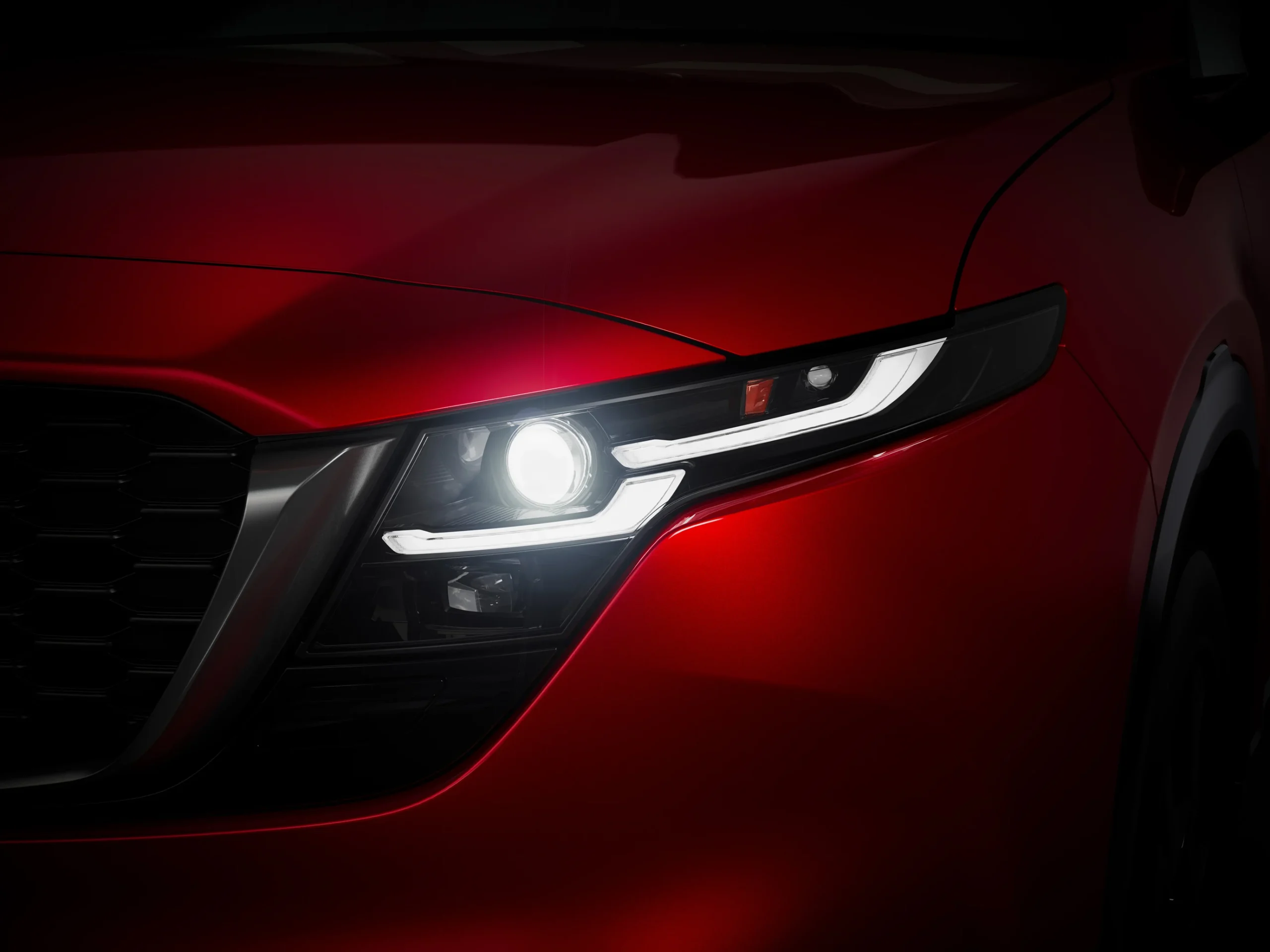
Depreciation is the silent, often overlooked cost of car ownership.
It’s the gradual loss in a vehicle’s value over time due to age, wear and tear, and market demand.
The moment you drive your newly acquired car, it begins to lose value.
However, the good news for prospective Mazda CX 5 owners is that it holds its value remarkably well in the Kenyan market.
Thanks to its stylish design, reputation for reliability, and strong brand image, the demand for well-maintained used CX-5s remains consistently high.
This robust resale value means that when the time comes to sell or upgrade, you will recoup a larger portion of your initial investment compared to many of its European or even some Japanese competitors.
To maximize your resale value, it is imperative to maintain a full and detailed service history, keep the car in excellent cosmetic and mechanical condition, and ensure it has a clean ownership record.
A well-cared-for CX-5 is not just a mode of transport; it’s a tangible asset that depreciates at a much slower, more manageable rate than the average vehicle.
Registration and Licensing Fees
Once your imported Mazda CX 5 arrives at the Port of Mombasa and all duties are cleared, there are still a few crucial administrative costs to handle before you can legally drive it on Kenyan roads.
The first of these is the initial registration with the National Transport and Safety Authority (NTSA).
This process involves a one-time fee that covers the physical inspection of the vehicle, the logbook application, and the issuance of your new number plates.
While this is a one-off cost, it’s an essential part of the initial budget.
Following the initial registration, you will be subject to annual or bi-annual costs.
The most significant of these is the mandatory annual vehicle inspection for private cars, which is managed through NTSA-approved centres.
This inspection ensures your vehicle remains roadworthy and meets safety and environmental standards.
While these fees are not as substantial as insurance or fuel, they are recurring and non-negotiable, so they must be factored into your annual operating budget to avoid any last-minute surprises or legal issues with the authorities.
Total Cost of Ownership: A Comprehensive Analysis
Now, let’s bring it all together.
The Total Cost of Ownership (TCO) is the holistic financial view that every smart car buyer should consider.
It’s not just the purchase price; it’s the sum of all expenses over a specific period, say, one year.
For a Mazda CX 5, a hypothetical annual budget would include your comprehensive insurance premium (e.g., KES 150,000), your estimated annual fuel cost (which could be KES 180,000 or more depending on your mileage), a budget for routine maintenance including two minor services and one major one (e.g., KES 40,000), and other miscellaneous costs like parking, car washes, and the annual inspection fee (e.g., KES 15,000).
When you add these up, you get a clearer, more realistic picture of the financial commitment required.
This TCO analysis reveals that while the CX-5 is an excellent vehicle, ownership requires diligent financial planning.
It allows you to move beyond the excitement of the purchase and into the realm of sustainable, stress-free ownership, ensuring you can truly enjoy everything this brilliant SUV has to offer without financial strain.
Importing a Mazda CX-5 with Cars Kenya
Navigating the complex maze of vehicle importation can be a daunting and risky task for an individual.
From identifying a quality vehicle at a Japanese auction to handling complex KRA customs calculations, shipping logistics, and clearing processes at the port, there are numerous pitfalls that can lead to costly mistakes or even losing your investment entirely.
This is where partnering with a trusted, professional importation service like Cars Kenya becomes invaluable.
We take the guesswork and stress out of the entire process.
Our team of experts will guide you in selecting the perfect Mazda CX 5 that fits your budget and preferences, providing transparent, all-inclusive quotes with no hidden charges.
We manage every single step, from secure payment and auction bidding to meticulous pre-shipment inspection, shipping, and all clearance procedures.
By choosing Cars Kenya, you are not just buying a car; you are investing in peace of mind, professional assurance, and a seamless, hassle-free experience.
Ready to start your journey to owning a Mazda CX-5? Contact Cars Kenya today for a personalized quote and expert consultation.
Conclusion
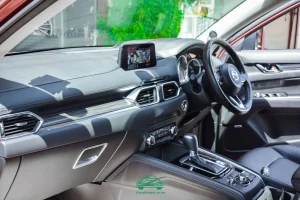
The Mazda CX-5 is, without a doubt, a superb choice for anyone seeking a stylish, reliable, and enjoyable-to-drive SUV in Kenya.
Its blend of performance, comfort, and aesthetics makes it a leader in its class.
However, as we’ve detailed, ownership is a significant financial undertaking that extends far beyond the initial purchase price.
By carefully considering the costs of fuel, comprehensive insurance, regular maintenance, and other recurring fees, you can create a realistic budget that ensures your ownership experience is smooth and rewarding.
The key is to be informed and prepared.
The strong resale value of the Mazda CX 5 serves as a comforting final piece of the puzzle, confirming it as a wise investment.
When you’re ready to make this excellent vehicle your own, ensure you do it the right way by partnering with a reliable importer.
FAQ
- Is the Mazda CX-5 expensive to maintain in Kenya?
No, the Mazda CX-5 is not considered expensive to maintain compared to its direct Japanese competitors like the Toyota RAV4 or Nissan X-Trail.Routine service parts are readily available and affordable.As long as you follow the recommended service schedule, maintenance costs are very manageable for its class.
-
Which Mazda CX-5 engine is best for Kenya?
The 2.0-litre SKYACTIV-G (petrol) engine is the most popular choice as it offers a great balance of power for city and highway driving, combined with good fuel economy.For those who prioritize fuel efficiency above all and do a lot of long-distance driving, the 2.2-litre SKYACTIV-D (diesel) is an excellent, albeit less common, alternative. -
How much is the import duty for a Mazda CX-5 in Kenya?
Import duty and other taxes (Excise Duty, VAT, IDF Fee, RDL) are calculated based on the vehicle’s Current Retail Selling Price (CRSP) as determined by KRA.This total tax amount can be substantial, often ranging from 60% to 80% of the car’s determined value.It’s crucial to get an accurate, all-inclusive quote from an importer like Cars Kenya to understand the full landing cost.
-
Does the Mazda CX-5 have good resale value in Kenya?
Yes, the Mazda CX-5 has an excellent resale value in the Kenyan market.Its popularity, stylish design, and reputation for reliability ensure that demand for well-maintained used models remains high.This means it depreciates slower than many of its rivals, protecting your initial investment.
-
What are the common problems with the Mazda CX-5?
The Mazda CX-5 is generally a very reliable vehicle.Some earlier models (pre-2016) had noted issues with premature brake wear or potential infotainment system glitches.However, these are not widespread, and most units, especially post-2016 models imported into Kenya, have proven to be robust and dependable with regular maintenance.
